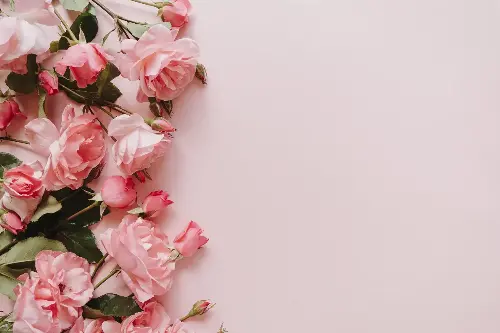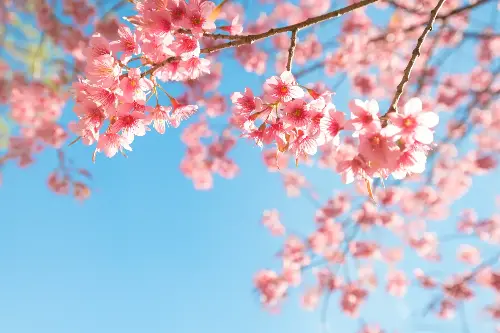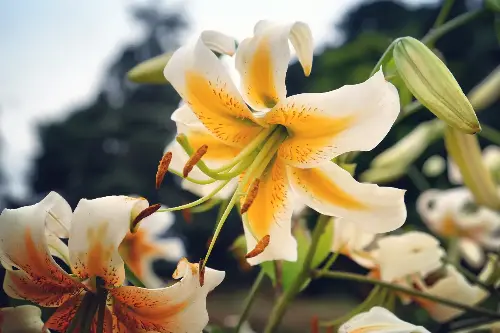As we delve into the bewitching world of flowers, it's not just the dazzling colours or intoxicating scents that captivate us. Flowers are steeped in history and imbued with symbolism, narrating stories that transcend their delicate petals. Through the ages, different cultures have attributed various blossoms with meanings and roles that often reflect human emotions, social customs, and even historical events.
The rose, arguably the most celebrated of all flowers, has been a symbol of love and passion for thousands of years. Its association with romance can be traced back to ancient Greece, where it was linked to Aphrodite, the goddess of love. Throughout history, the rose's significance has ebbed and flowed, reaching its height in the Victorian era, when floriography, the language of flowers, became a cultural phenomenon. Each colour of rose has its own connotation, with red representing deep love, white denoting innocence, and yellow expressing friendship. But beyond these, the rose has also been a political emblem, perhaps most famously in the War of the Roses, where it came to symbolise the warring factions vying for control of England.

The lotus flower holds deep spiritual significance across various Eastern cultures. In Hinduism and Buddhism, the blooming of a lotus, which arises from murky waters unscathed, is a powerful metaphor for purity and enlightenment rising from chaos and ignorance. It's a symbol of divine beauty and the expansion of the soul. Furthermore, the lotus is often associated with deities, particularly in Hindu iconography, where gods and goddesses are frequently depicted seated upon a lotus throne, signifying their divine origin and purity.
Next, consider the cherry blossom, an ephemeral beauty that captures the essence of spring in Japan. Known as sakura, these delicate pink blooms are celebrated annually during hanami, the cherry blossom festival. However, their beauty is tinged with poignancy. They symbolise the transient nature of life in Japanese culture, a concept known as mono no aware, which recognises the pathos in the passing of things. This deep connection to the cherry blossom took root in the Heian era and remains a powerful cultural touchstone, reflective in its use in traditional and contemporary arts, literature, and even samurai culture.

Moving to the more rugged beauty of thistle, we find the national flower of Scotland, an emblem that tells a tale of resilience and protection. According to legend, an invading Norse army attempted to surprise Scottish warriors at night but were betrayed by their cries of pain after stepping on thistles. This led to the thistle becoming a symbol of defence and courage in Scottish heraldry and tradition. To this day, it stands as a reminder of Scottish tenacity and appears proudly on crests, currency, and the uniforms of Scottish soldiers.
Last, but certainly not least, is the lily. Carrying a multitude of significance across different cultures, the lily is most often connected with purity and rebirth. In Christianity, it is heavily associated with the Virgin Mary and is often depicted in Annunciation scenes to symbolise her purity. In contrast, during the Roman era, lilies were filled with perfumes and used as a luxury item in funerary rites. However, in both Greek and Roman mythology, the lily was linked to motherhood, emerging from the milk of the queen of the gods, Hera.

In sum, flowers are far more than nature's adornments; they are woven into the fabric of our histories and cultures, representing complex tales of love, spirituality, transience, defence, and purity. Their timeless allure lies not only in their visual splendour but in their ability to convey such a rich tapestry of meanings that have evolved through eras and across continents. So the next time you gaze upon these botanical wonders, remember that you are not just looking at a flower, but at a living narrative unfurling before you, beckoning you to unlock the secrets held softly within their mesmerising petals.